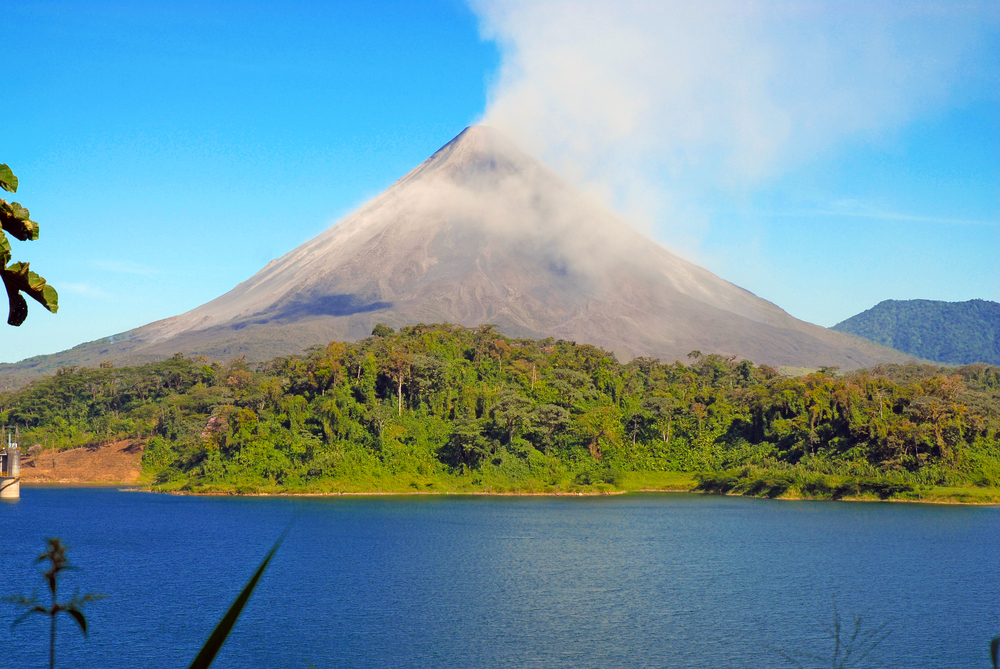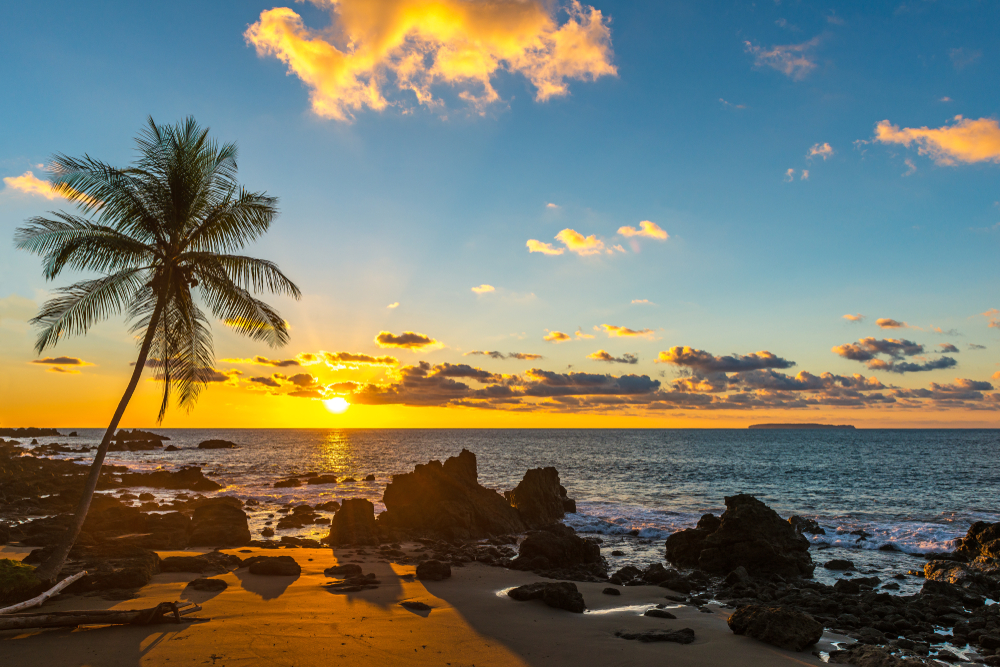Barbilla Overview
Barbilla National Park, or Parque Nacional Barbilla in Spanish, is a remote and lesser-visited gem located in the eastern part of Costa Rica. Covering approximately 47 square miles (121 square kilometers), it lies within the provinces of Limón and Cartago, nestled in the Talamanca Mountains.
This rugged and mountainous park was established to protect one of the last remaining sections of Costa Rica’s tropical pre-montane rainforest and is an essential part of the Talamanca-La Amistad Biosphere Reserve, a UNESCO World Heritage site. The park is characterized by steep slopes, deep river valleys, and an extensive network of small streams that eventually feed into the Banano and Barbilla Rivers.
Due to its relatively isolated location, Barbilla National Park remains one of the most pristine and least disturbed natural areas in the country, making it an ideal destination for those seeking a true wilderness experience.
The terrain of Barbilla National Park is rugged and heavily forested, with elevations ranging from about 330 feet (100 meters) to over 4,920 feet (1,500 meters) above sea level. This variation in elevation supports a range of ecosystems, from lowland rainforests to cloud forests.
The landscape is dominated by dense tropical vegetation, including towering trees such as mahogany, ceiba, and copal, as well as a thick understory of ferns, lianas, and epiphytes like bromeliads and orchids. The rivers and streams cutting through the park create dramatic cascades and waterfalls, adding to the park’s remote and untouched beauty. Due to the high humidity and frequent rainfall, the forests remain lush and green year-round, providing an important refuge for many plant and animal species.
Wildlife in Barbilla National Park is diverse, with a rich variety of mammals, birds, and reptiles inhabiting its dense jungles. The park is home to several large mammals, including Baird’s tapir, which is Costa Rica’s largest land mammal, as well as jaguars, ocelots, and pumas, though these elusive predators are rarely seen. Other notable mammals include white-faced capuchin monkeys, howler monkeys, and two-toed sloths, which can often be spotted high in the canopy.
The birdlife in the park is equally impressive, featuring colorful species such as keel-billed toucans, great green macaws, and a variety of trogons and hummingbirds. Reptiles such as eyelash vipers and green basilisk lizards thrive in the park’s humid conditions, and the river systems are home to a variety of amphibians, including brightly colored poison dart frogs.
One of the park’s most significant attractions is its rich indigenous heritage. The Cabécar Indigenous Reserve borders the park, and visitors may encounter members of the Cabécar people, who have lived in the region for centuries and maintain many of their traditional customs and way of life.
Visitors interested in cultural experiences can arrange guided visits to indigenous communities, where they can learn about traditional medicine, food, and handicrafts. Hiking is the primary way to explore Barbilla National Park, with trails leading through dense forests, across rivers, and to scenic viewpoints.
The park’s remoteness means that guided tours are recommended for safety and to enhance the experience. Birdwatching, wildlife photography, and river exploration are also popular activities for those willing to venture into this hidden paradise.
One of the greatest conservation challenges facing Barbilla National Park is its vulnerability to illegal logging and poaching, particularly along its borders. However, conservation efforts led by the Costa Rican government and local organizations have helped protect the park’s biodiversity by enforcing stricter regulations and working with indigenous communities to promote sustainable practices.
The park’s remote nature has also helped to limit large-scale human impact, allowing its ecosystems to remain relatively undisturbed. Barbilla National Park remains a vital part of Costa Rica’s conservation network, providing a sanctuary for rare and endangered species while offering visitors a chance to explore one of the country’s last truly wild frontiers.













































































